Environmental Explorer Tim Jarvis is preparing to climb 25 mountains at the equator to highlight the plight of our planet’s climate crisis.
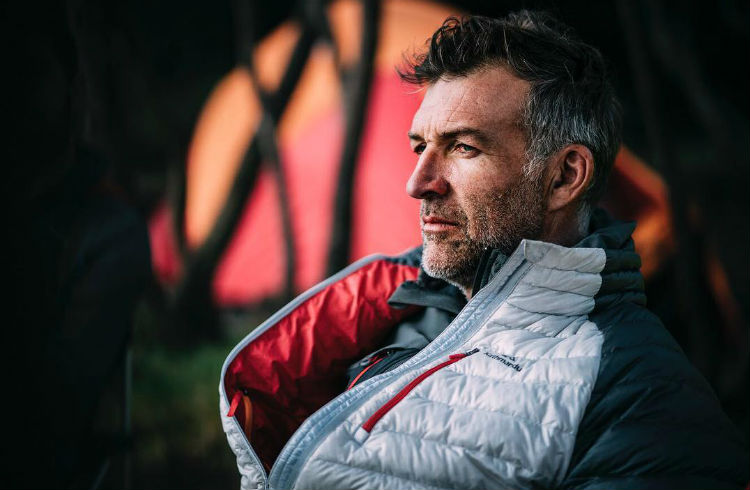 Photo © Timjarvisam
Photo © Timjarvisam
Listen Now
Alongside delivering our fortnightly World Nomads destination podcast, we can now share bonus episodes shining the spotlight on amazing people doing amazing things.
What's in the Episode
Podcast co-host Phil chats with explorer and environmentalist Tim Jarvis.00:46 Introducing Tim Jarvis
01:16 Recreating the steps of Mawson and Shackleton
04:09 “…Those guys in that period, they weren't very good at talking about their emotions, or their loved ones, or deep innermost thoughts about anything really, but they were very good at itemizing the gear, and which way the wind was blowing and all this sort of stuff.“
06:05 Did Tim ever think he wouldn’t make it?
08:54 Retracing Shackleton’s trek in 2010
10:08 The Ghost Ship stuck in pack ice
14:23 Raising awareness of climate change
15:59 Tim explains 25zero
Who's On the Show
Tim Jarvis has recreated the steps of two Antarctic explorers, Douglas Mawson and Ernest Shackleton. And as an environmentalist is about to bring climate change to our attention by filming a documentary titled 25zero.
Tim will climb the 25 equatorial mountains that still have glacial ice in an effort to highlight the plight of our planet’s climate crisis.
“The reason I chose mountains of the equator to go and climb and highlight glacier melt, is because you need a sort a proxy for climate change. You can't see greenhouse gas, you need something else, so melting glaciers is a good way of showing climate change.”
You can follow 25zero here which also has details on how you can get involved.
On Instagram @timjarvisam and his website with details of events, projects, and expeditions.
Resources & Links
Shackleton's ship stuck in ice. We can't show any of the pictures here because of copyright, but you can go here to see a picture essay published with permission in The Guardian.
This is Tim Jarvis and his crew re-enacting Shackleton's epic rescue voyage.
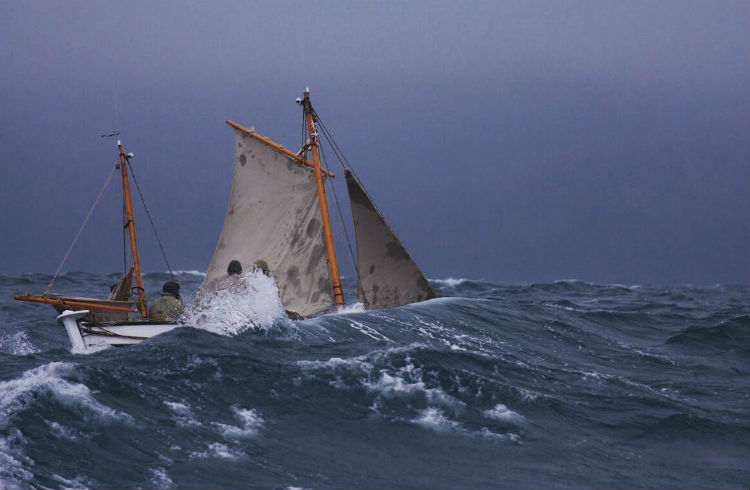
Scholarship Newsletter: Sign up for scholarships news and see what opportunities are live here.
Want to Re-publish This Episode?
Copy this code onto your web page or blog:
<iframe width="100%" height="200" src="https://player.whooshkaa.com/player/episode/id/250490?visual=true&sharing=true" frameborder="0" style="width: 100%; height: 200px"></iframe>
Want to Talk to us?
We want to hear from you! If you have any travel insurance questions to Ask Phil, want to give us feedback on the episode, or have suggestions for topics you'd like us to cover, email us at podcast@worldnomads.com
Sign up for Podcast News
Explore your boundaries and discover your next adventure with The World Nomads Podcast. Hosted by Podcast Producer Kim Napier and World Nomads Phil Sylvester, each episode will take you around the world with insights into destinations from travelers and experts. They’ll share the latest in travel news, answer your travel questions and fill you in on what World Nomads is up to, including the latest scholarships and guides. The World Nomads Podcast is not your usual travel Podcast. It’s everything for the adventurous, independent traveler. Don’t miss out. Subscribe today.
Next Episode: The World Nomads Podcast: Chile
Speaker 1: The World Nomads podcast bonus episode. Hear amazing nomads sharing their knowledge, stories, and experience of world travel.
Speaker 2: Well, in this great big community of ours we know the best part of travel is often the challenge the lifestyle throws at us. There's a catchphrase that we use here at World Nomads, explore your boundaries. You will have heard it a million times in our podcast. Well, not a million times, because we haven't got a million episodes [crosstalk 00:00:24]
Phil: About 50.
Tim Jarvis: Yeah, exactly. Push yourself to the edge of discovery, learn, and then push some more.
Phil: [00:00:30] But it's explore your boundaries, not explore the boundaries, so it's a personal journey egging you on from wherever you are, be that a first-time travel or a seasoned globetrotter. No doubt something or someone has inspired you to be a nomad, which brings me to the guest we have in the studio now. His journeys transcend travel and adventure as we know it. To sit in the realm of exploration he's crossed deserts, oceans, and mountain ranges, and has twice recreated the epic efforts [00:01:00] of heroic Antarctic explorers. Tim Jarvis, welcome.
Tim Jarvis: Thank you, Phil. Nice to be here.
Phil: Look, that was a bit of a throwaway line in my introduction there, recreated the epic journeys of two Antarctic explorers. We're talking about Douglas Mawson and Ernest Shackleton. They are superheroes really. Tell us, for people who don't know, tell us more about what they did.
Tim Jarvis: Yeah, they really were. I think polar exploration back in what they call the heroic era of basically 100 years ago, just before the First World War, was [00:01:30] the space exploration of the period. People went out there and they didn't know whether they were going to make it, there were no maps, they didn't know what they were going to find, the equipment was all very primitive, and they were out there with no possibility of any kind of backup. Mawson and Shackleton, along with Scott and the Norwegian Amundsen, were the lead figures of the period. Mawson undertook an expedition where both his colleagues died, first one fell in a crevasse along with, unfortunately, the dog team pulling the sled with most of the food.
Phil: [00:02:00] Oops.
Tim Jarvis: Yeah. That left Mawson and the other guy with only 20 percent of the food they needed to survive and 520Ks to go to get back to the base. The second guy died in Mawson's arms halfway home with what he described at the time as fever, which was probably malnutrition and avitaminosis through eating the livers of the sled dogs, and you name it. Everything that you can imagine went wrong with them and Mawson was the only guy to survive that incredible journey. As regards [00:02:30] Shackleton, he went on a big expedition south to try and cross Antarctica from one side to the other, to eclipse what Scott and Amundsen did by reaching the pole [crosstalk 00:02:40]
Phil: To go right over the pole.
Tim Jarvis: Yeah, all the way over pole halfway point, all the way to the other side and it all basically went wrong. Ship got crushed in the pack of ice, he never set foot on Antarctica, and the rest of the journey was all about saving him and the 27 men he was with, and he did it against the most brutal conditions [00:03:00] and almost impossible odds. Took one of the expedition lifeboats, just a little seven-meter long surf boat essentially, took it from Antarctica to the sub-Antarctic and raised the alarm, and saved everyone. It was just an epic, epic journey.
Phil: You thought, that looks fun, I'll go and do that.
Tim Jarvis: Well, you know the history of it is I moved from the old mother country to Adelaide as a scientist, and Mawson is Adelaide's number one son, and guess what? He's from, we were talking earlier, he's [00:03:30] from the [inaudible 00:03:31], too. He' from [crosstalk 00:03:31] originally by birth. He's six foot four, he went to work as a scientist at Adelaide Uni, and his birthday's one day apart from mine, albeit 50 or 60 years adrift. Next thing somebody said, you know, you're similar to Mawson, why don't you prove that he didn't have to cannibalize the second guy that died in his arms to make it. So a plan was hatched and I decided to do it with the food that he said he had without the need to eat, in my case, an increasingly nervous Russian bloat with whom I travel [00:04:00] just to see if it could be done the way he said that it could.
Phil: You did it with the same equipment as well?
Tim Jarvis: Yeah, so I mean, those guys in that period, they weren't very good at talking about their emotions, or their loved ones, or deep innermost thoughts about anything really, but they were very good at itemizing the gear, and which way the wind was blowing and all this sort of stuff. Actually, their diaries give you a really good accurate account of what they took, so you could replicate exactly what they had down to kind of the nail [00:04:30] and the sled biscuit. I replicated all the food, the sled weights, the traditional navigation, the clothing, everything, and did it the same as Mawson, to see what would happen.
Phil: How'd you go?
Tim Jarvis: Well, you know [crosstalk 00:04:47]
Phil: Well, you're here for a start, [crosstalk 00:04:48] and your Russian bloat is still alive.
Tim Jarvis: I didn't need to eat the Russian, and I'm alive. I lost 32 kilos, I lost teeth, the metal in the fillings contracted in the extreme cold. I was [00:05:00] kind of a physical wreck by the end. I would never do that again. It was basically organized starvation to see what would happen. I had some backups, but not, you know, there were plenty of gaps and plenty of opportunities to kill yourself, frankly, on that trip. I finished in 47 days, ironically, exactly the same time as Mawson took even though I didn't try and contrive the time I was out there or anything else, I was trying to get through it as fast as I could.
Phil: Yeah.
Tim Jarvis: [00:05:30] A whole new level of respect for Mawson, but I don't think he ate the other guy, basically is what I would say.
Phil: What was going through your mind while you were undertaking this journey?
Tim Jarvis: Yeah well, the support was we got taken to the start and picked up at the end by a film crew who did a bit of filming, and they extracted the Russian guy who was kind of playing the role, I guess, of the guy who died halfway home in Mawson's original trip, and so I had a little bit of human contact in the middle. The rest of the 47 days, I was either with him, [00:06:00] we were on our own, or I was on my own, but at least they kind of knew where I was. I had a beacon that tracked where I was, but they couldn't get to me in the event of say a storm, or if I fell in a crevasse or something like that. You're a long way from any real help.
I think every step of the way, you're just breaking down the total journey into small pieces, and working towards the achievement of those. You never really consider triumphantly reaching the hut and [00:06:30] walking through the door like Mawson did a hundred years before you, and proving his innocence or anything like that. You're thinking if I can just get through the next hour and then I'll have a break, have a look at the compass again, adjust the clothes, have a bit of kangaroo jerky, and then just try and keep moving. That's all you can possibly think of.
Phil: Did you ever think you weren't going to make it?
Tim Jarvis: There were plenty of times during that trip that I thought I wouldn't make it, big storms, [00:07:00] self-doubt, physical injury, bad frostbite, just running out of energy. I was on 2,100 calories a day, which is less than a third of what you really need for a guy my size to pull a sled in sub-zero temperatures, 150-kilo sled, 10 hours a day. I found I'd used all my food up by 10 in the morning, had to wait until the next day until I could eat again. You just feel the weight dropping off you and your mood is bad, [00:07:30] and your ability to keep warm is compromised because you're not eating enough, and all of the things you might anticipate. Yeah, there were plenty of occasions where I thought I wouldn't make it, crevasse falls, getting lost, all good fun.
Phil: But you did, and what was that feeling like, when you ...
Tim Jarvis: Well, you know the funny thing is when you finish, the irony is that you become so good at breaking down the total thing into small pieces, [00:08:00] you finish and it feels like just the end of the last shift. You've become so focused on giving structure to your world. Don't forget you're traveling in 24 hour light, you've got an endless white horizon, there's no one around, and everything is in your own head, so you become very focused, so when you do finish and you meet people and that's it, you don't have to pull the sled anymore, you take a long time before you realize you actually finished. Then there's a feeling of [00:08:30] relief, and then a gradual slow burn excitement builds that you done it, and you've hopefully defended Mawson's honor and all that kind of thing, but it's slow. It takes a while to come to terms with it.
Phil: That was 2007, yeah?
Tim Jarvis: That was, yeah.
Phil: Three years later, you've gone, that was fun. Let's do Shackleton's trip.
Tim Jarvis: Well, you know, I mean as I say, Mawson and Shackleton had traveled together in 1907 on a trip when Shackleton tried to reach the [00:09:00] south geographic poles at 90 south, and he didn't quite make it on that expedition, a different expedition. Mawson had gone on if you like, a side trip to the magnetic pole because the magnetic pole and the geographic 90 south are nowhere near one another, a couple of thousand Ks apart. He went off and Mawson made it to south magnetic, so they were known to one another. The Shackleton family, specifically his granddaughter, who's a woman in her 70s, lovely lady, had been [00:09:30] closely monitoring what I was doing on Mawson. I get back to civilization, I receive a call. She said congratulations, well done, you ever thought about doing the expedition of my grandfather? That's the big one because I would like someone on the 100th anniversary to celebrate what he stood for, and all that kind of thing and that's where the seed was sown and she said will you, she really meant you will. She was pretty forceful, rhetorical question.
Phil: Yep. [00:10:00] That journey is across open southern ocean to Elephant Island, is that right?
Tim Jarvis: Yeah, that's right. They sailed down originally in the big ship.
Phil: Yep.
Tim Jarvis: First World War has just broken out, they leave and they sail the full length of the Atlantic, and then they encounter pack ice, the ship gets stuck, pack ice closes in around the hull, breaches the hull. [crosstalk 00:10:25]
Phil: Very famous photographs.
Tim Jarvis: Famous, famous Frank Hurley shots of the stricken ship in pack ice. [00:10:30] Really spectacular shots, ghost ship in pack ice.
Phil: Yep, I'll put some of those in the show notes for people to have a look at it, by the way, if I can. [crosstalk 00:10:37]
Tim Jarvis: Just amazing that he did it, especially under duress with the technology at the time and everything else. The ship goes down and they're basically just left on pack ice, no one knows where they are, they don't have enough food. They're never going to make it, they've got three lifeboats from the ship, and they shelter under those, and they kill seals and penguins to sustain themselves, eat their dogs, the normal story. Shackleton's leadership kind of gets them through and they're out on that pack [00:11:00] ice for a total of over a year after, you know, so the ship goes down, another four or five months on the pack ice after being stuck on the stricken ship and then finally the pack ice breaks up.
They have to put the boats the right way up and paddle for their lives, to reach this place Elephant Island just off the Antarctic Peninsula. That in itself is a pretty Godforsaken spot, it's just glaciers and vertical rock faces. The only running water is [00:11:30] glacial meltwater and the only food is the odd seal you can catch, that's basically it.
Phil: Even reaching the island isn't rescue in itself. There was a trek involved, as well.
Tim Jarvis: Yeah, well I mean, so they reach Elephant Island, Shackleton knows that they're about to, don't forget there were 28 of these guys, Shackleton, plus 27, and he knows they're just not going to make it through the winter which is now only a few months away. He decides the only thing forward is to get into the most seaworthy of those three [00:12:00] small boats and undertake this incredible journey across the southern ocean from Elephant Island, to a place called South Georgia, 1500 Ks away and he knows there's a whaling station there. He thinks if I can reach that I can get a bigger ship and send it south and that's what he manages, but three big storms, mountainous seas.
They almost sink many times, almost capsize many times, frostbite, just the most dreadful journey you can imagine [00:12:30] and they do reach South Georgia against all odds and it's just a dot in the South Atlantic. If had they missed it, next place is [inaudible 00:12:37], another 4000 Ks further on, so there's nothing else down there.
Phil: Yeah.
Tim Jarvis: They arrive on the southern side of the island and they can't get around the coast to the north where all the whaling stations are, so they have to go through the middle, climbing the mountains with no maps and no equipment and no ropes and no tent, no climbing experience and they do it in a time that even Reinhold Messner hasn't been able to replicate. [00:13:00] Reinhold Messner, the greatest mountaineer in the world saying it's an amazing, amazing journey.
Phil: That's what you recreated, you did that with a team as well?
Tim Jarvis: Yeah, well I mean, saying yes when you get asked to do it is, I was very flattered that the Shackleton family should ask me, especially his granddaughter who's kind of the center of the whole Shackleton world now, and so I said yes. Have to say there are many times late at night when you're alone with your thoughts where you think, I don't know how sensible [00:13:30] this is going to be. We're going to rebuild the small surf boat with a little toy mast and ores and wear cotton smocks and woolens and leather boots. Not take [inaudible 00:13:43], or neoprene, or life jackets and use a chronometer and a compass, and Sexton to see the sun, and eat lard. Didn't eat seal, okay, I'm an environmental guy, right, I can't go around eating seal meat obviously. We took the equivalent [00:14:00] stuff and it was a pretty unpalatable diet.
Phil: I know people listening to this right now, well why would you do all this? I know it's because of your belief in the environment and you want to raise awareness about the danger of climate change as well. That was a part of both of those expeditions?
Tim Jarvis: It was. Look, I mean, I think you definitely do it. There's a whole bunch of other things, too. I mean there's ego, and there's the physical challenge, and there's the mental challenge and at the end of the day, you want your life to amount [00:14:30] to what you expected of yourself. You don't want to let yourself down, and as soon as you get the bargain you start understanding what you're capable of and you can only do that by really embarking on a journey, whatever that journey happens to be. It becomes very empowering, and you think well, let's just see how far we can push this and that's human nature, really. I'm sure many listeners will have the same experiences, they embark on their first journey and they'll find it doesn't get it out of their system, they just want to do more.
It's the same with this. [00:15:00] I found myself just trying the next thing, but bigger than the last. In terms of the environment piece, I realized very early on that you don't get anywhere talking to people about hockey stick curves of carbon dioxide emissions. I think it's just too, it's just not interesting to a lot of people. If you can talk about melting glaciers, and polar adventure, and leadership and things like that, and you can get in front of politicians and the corporate [00:15:30] world, when you're there you have a captive audience, and you can pitch your environmentalism by stealth on the back of your leadership lessons, and it's proven to be a very effective thing.
I even tell the corporate audiences that and they have a laugh about it, but they still expect to hear the leadership based stuff, but then they're prepared to listen to the environmental messages.
Phil: Which brings us to the 25 Zero Project. 25 Zero, what does that stand for?
Tim Jarvis: Well, there are 25 mountains in the [00:16:00] equator that have a glacier and in a quarter of a century the ice will be gone due to climate change, so the 25 Zero name is a play on those two sets of numbers. The reason I chose mountains of the equator to go and climb and highlight glacier melt, is because you need a sort of a proxy for climate change. You can't see greenhouse gas, you need something else, so melting glaciers is a good way of showing climate change. Trouble with the Antarctic, all the Arctic, is that they're too big. [00:16:30] Antarctica is twice the size of Australia, covered in 2Ks average thickness of ice.
You can't just point to a piece of ice, and it doesn't have a human population, so no interesting stories about people. That's what really engages you. But at the tropics, lots of people being badly impacted by glaciers in places like Kilimanjaro, Mount Kenya, Carstensz Pyramid in Papua, mountains in Ecuador, Cotopaxi, Chimborazo, and they're really fascinating stories and incredible places. [00:17:00] The project's about climbing those mountains with glaciers at the equator and highlighting the change, telling people what they can do, and using the human interest stories to get people engaged.
Phil: Every picture tells plenty of stories. There are some pictures I've seen on the 25 Zero Project showing very early photographs of the glaciers on some of the mountains that you've climbed, [00:17:30] and you've gone up and you've recreated those. You've taken them and it's quite obvious what's going on.
Tim Jarvis: One of the most spectacular ones I think is in the Ruwenzori Mountains, which is the mountain range between Kongo and Uganda, the Mountains of the Moon, they call them. If people, listeners get the opportunity, that's one place that's really worth going, Mountains of the Moon. Really spectacular. The Duke of Abruzzi went there in 1906 to try and find the source of the Nile. That's what it was all about, climb mountains while he was there [00:18:00] and he took shots of those mountains and they were, they still are, home to Africa's largest icecap, bigger than Mount Kenya and Kili combined, in fact.
I thought if I can get to the same spot as he took that shot in 1906 and show the change, so that's what we did and 85 percent reduction from when he took it to when I took it. I ran a little seven or eight-second transition showing the change from the old black and white picture with lots of ice to the color one with not much.
Phil: [00:18:30] Tim, it's been a great pleasure meeting you.
Tim Jarvis: You too.
Phil: You're an inspiration, mate. Fantastic stuff.
Tim Jarvis: I really enjoyed it.
Phil: Good on you, cheers.
Tim Jarvis: Thanks, Phil.
Speaker 2: He is indeed an amazing nomad. You can follow 25 Zero online where you can also subscribe to updates on the project, which is ongoing. You can find our bonus episodes alongside the World Nomads podcast on iTunes.
Speaker 1: Amazing Nomads. Be inspired.
Related articles
Simple and flexible travel insurance
You can buy at home or while traveling, and claim online from anywhere in the world. With 150+ adventure activities covered and 24/7 emergency assistance.
Get a quote




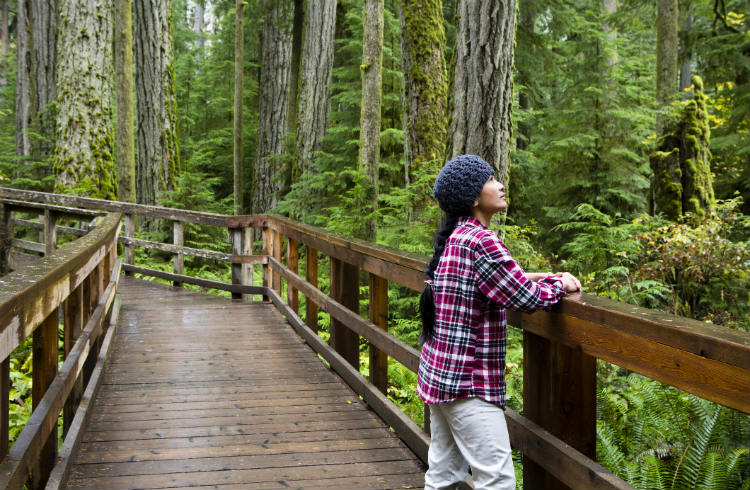
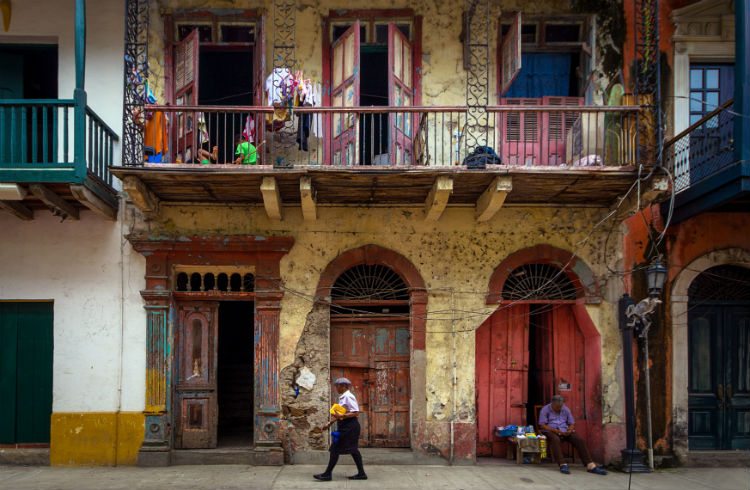
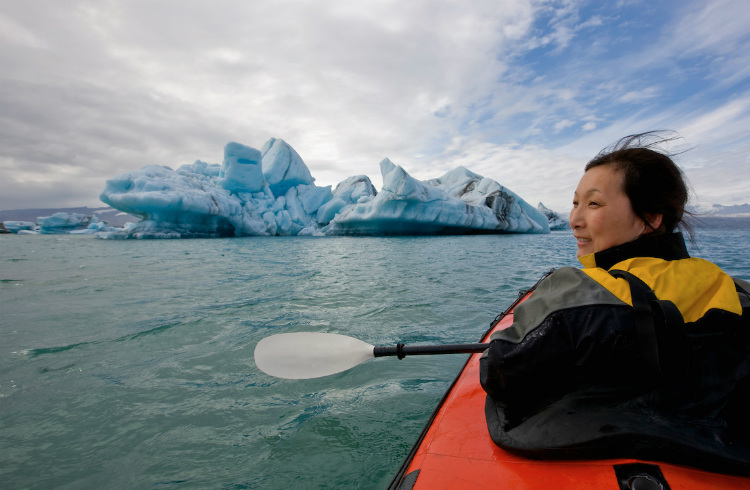
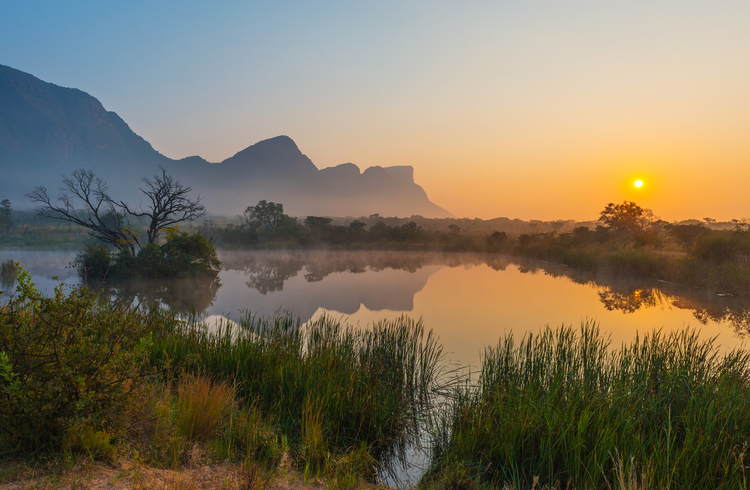




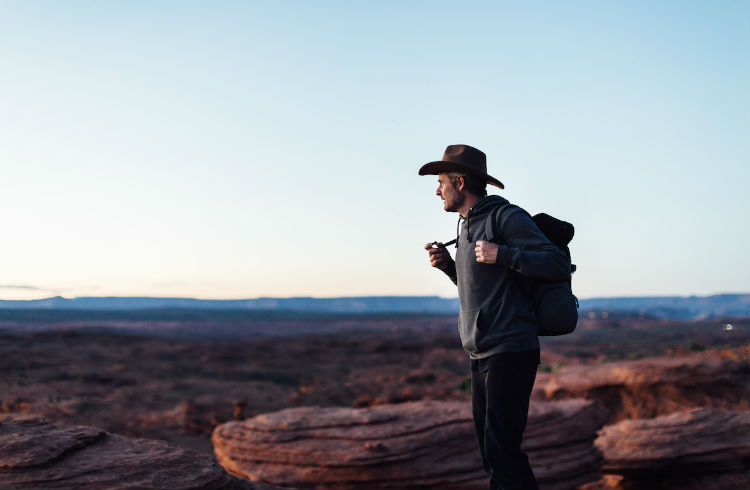
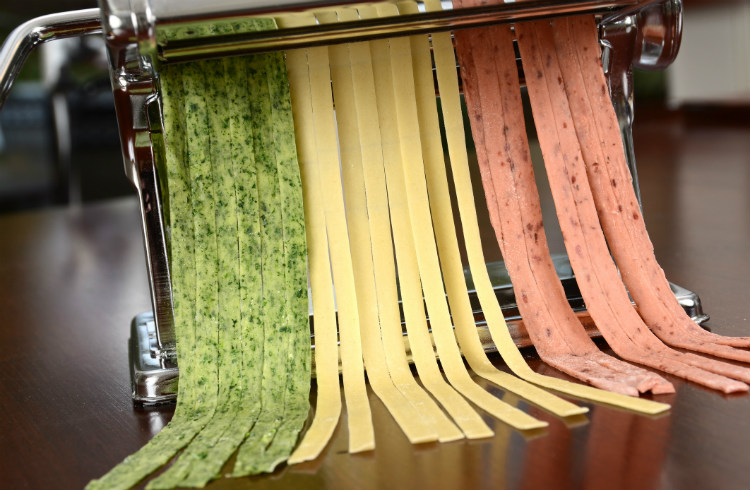

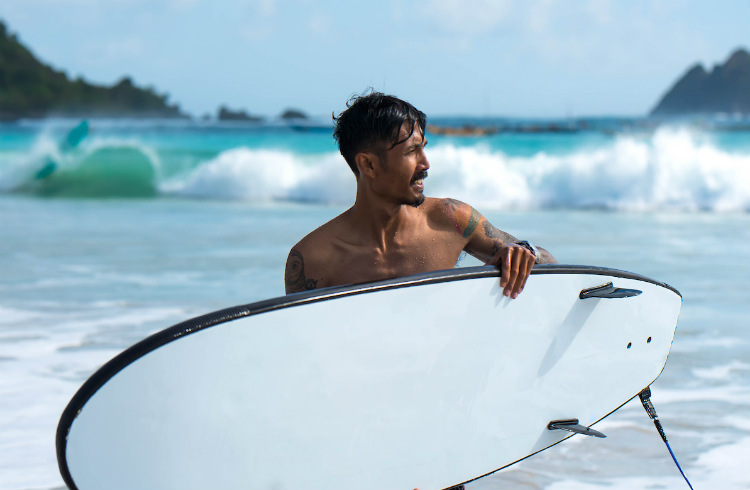
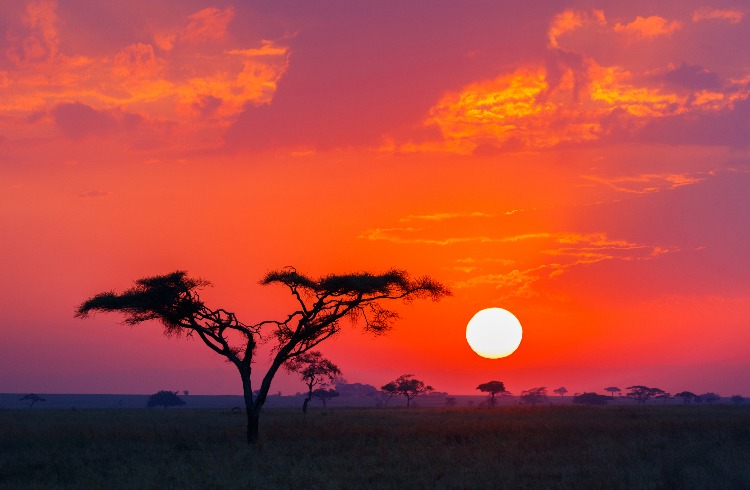
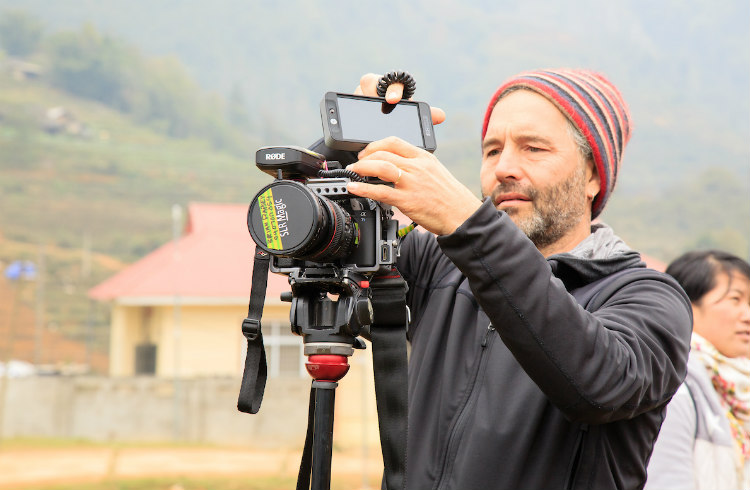
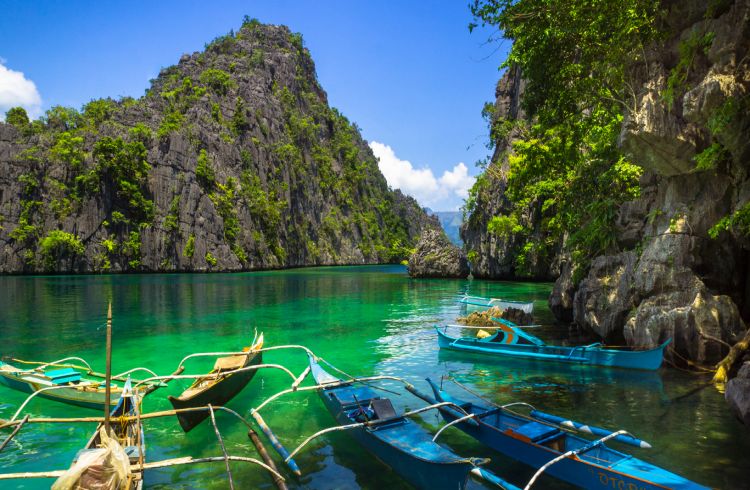
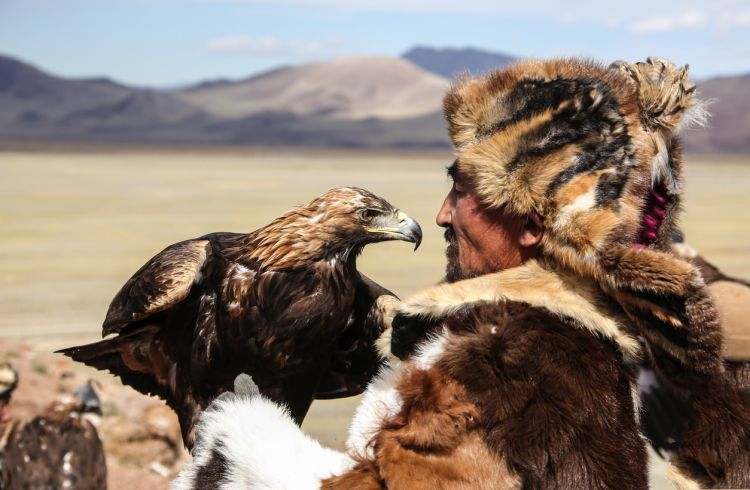
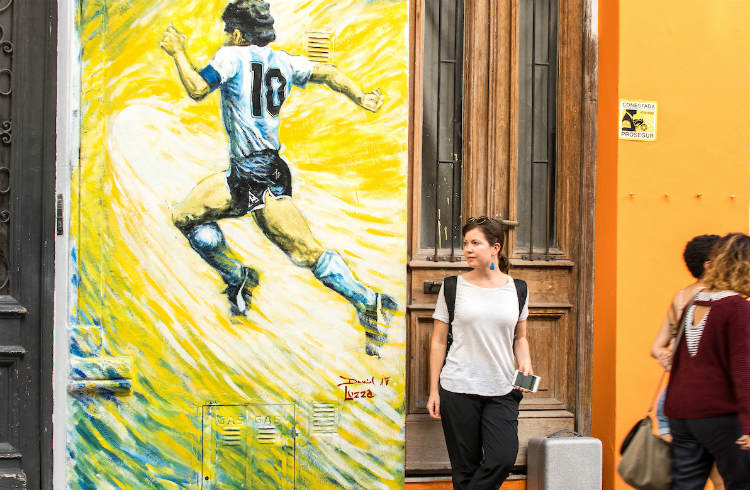
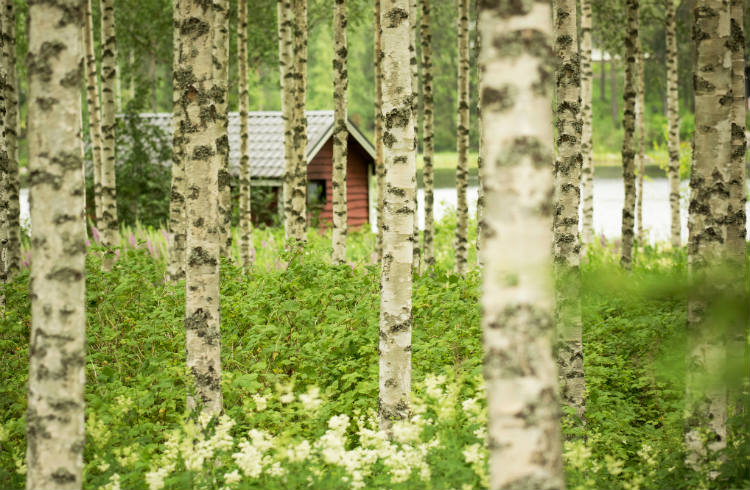
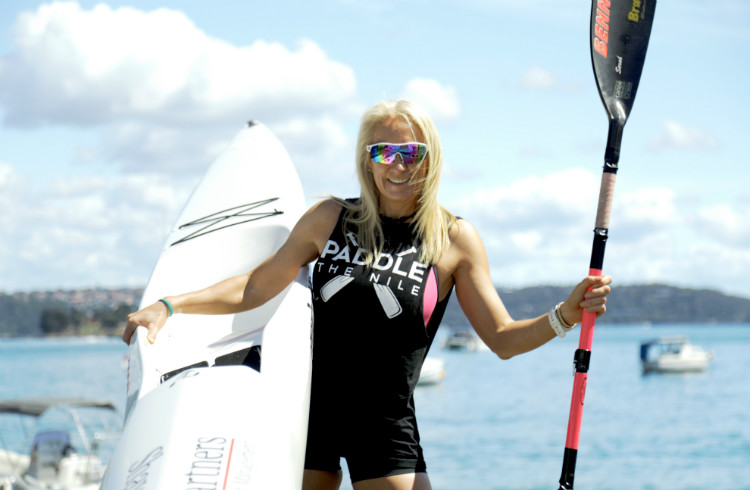
No Comments